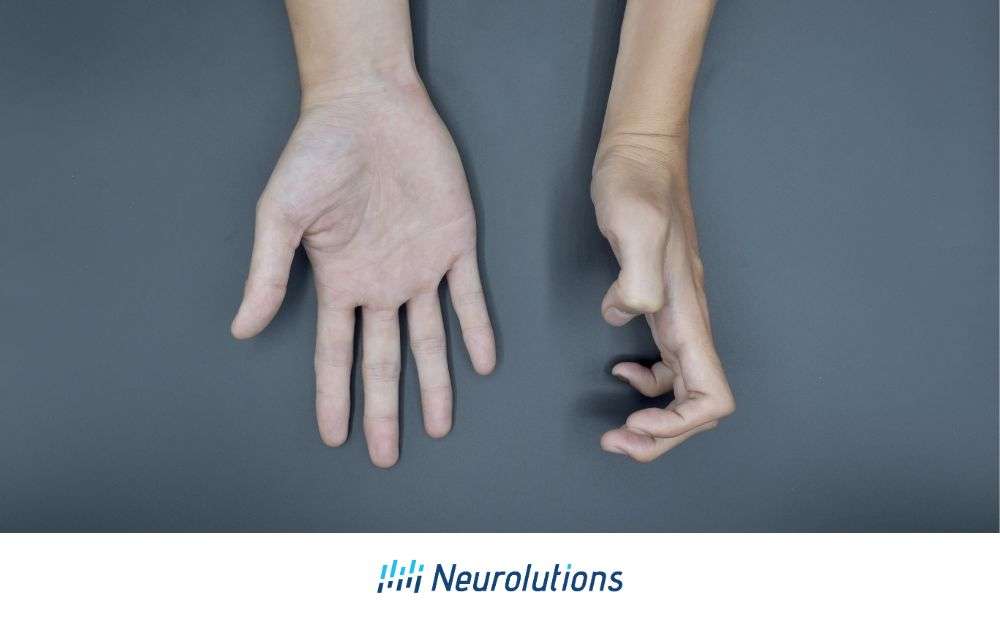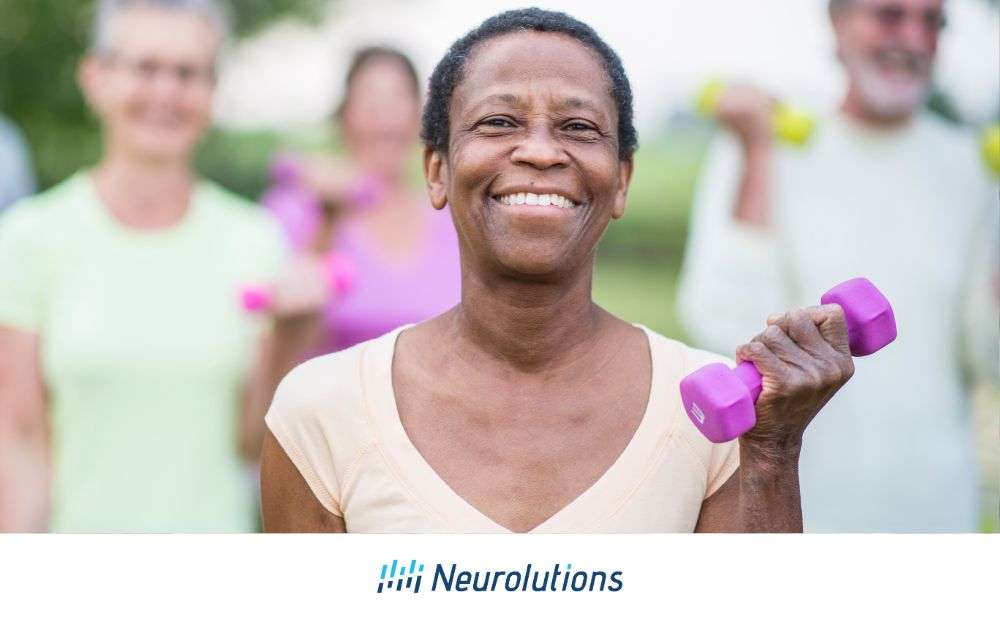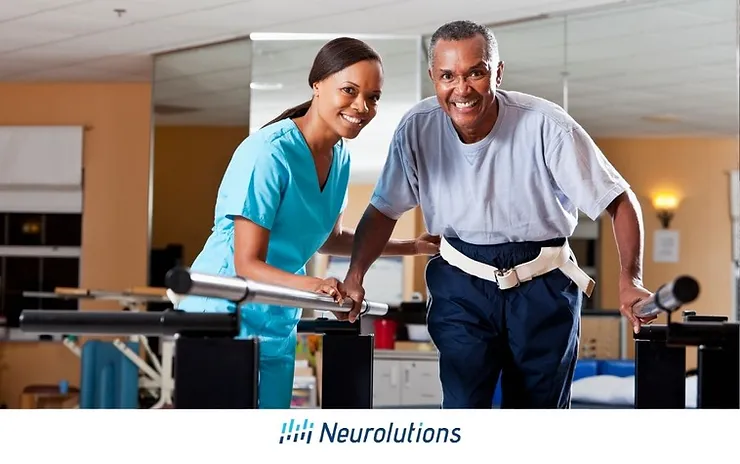A person's flexibility and ability to move their joints are key to their physical well-being (1). "Range of motion" refers to how far a joint can move, with some joints allowing for more flexibility than others (2). Occupational and physical therapy (OT and/or PT)...









